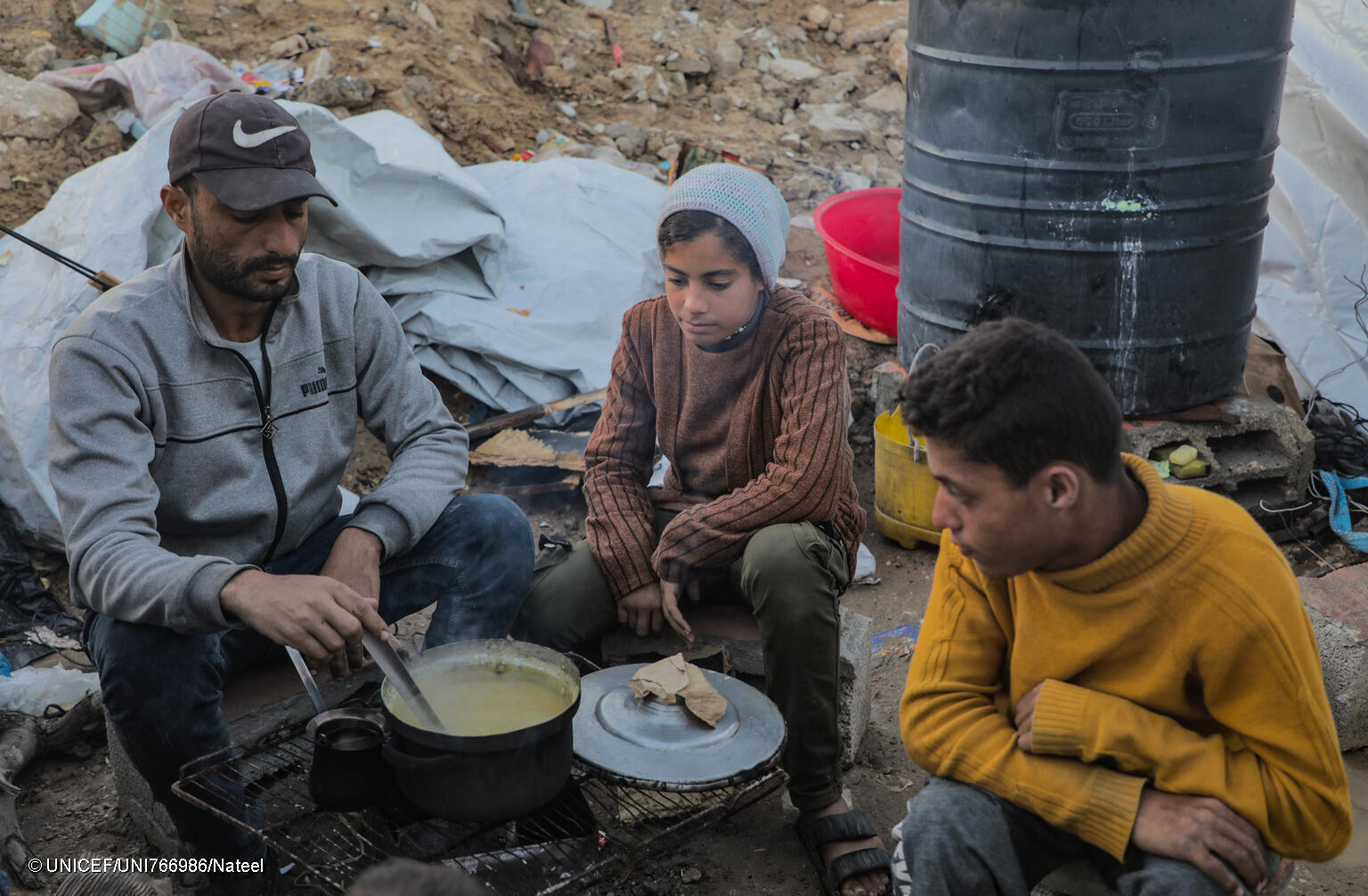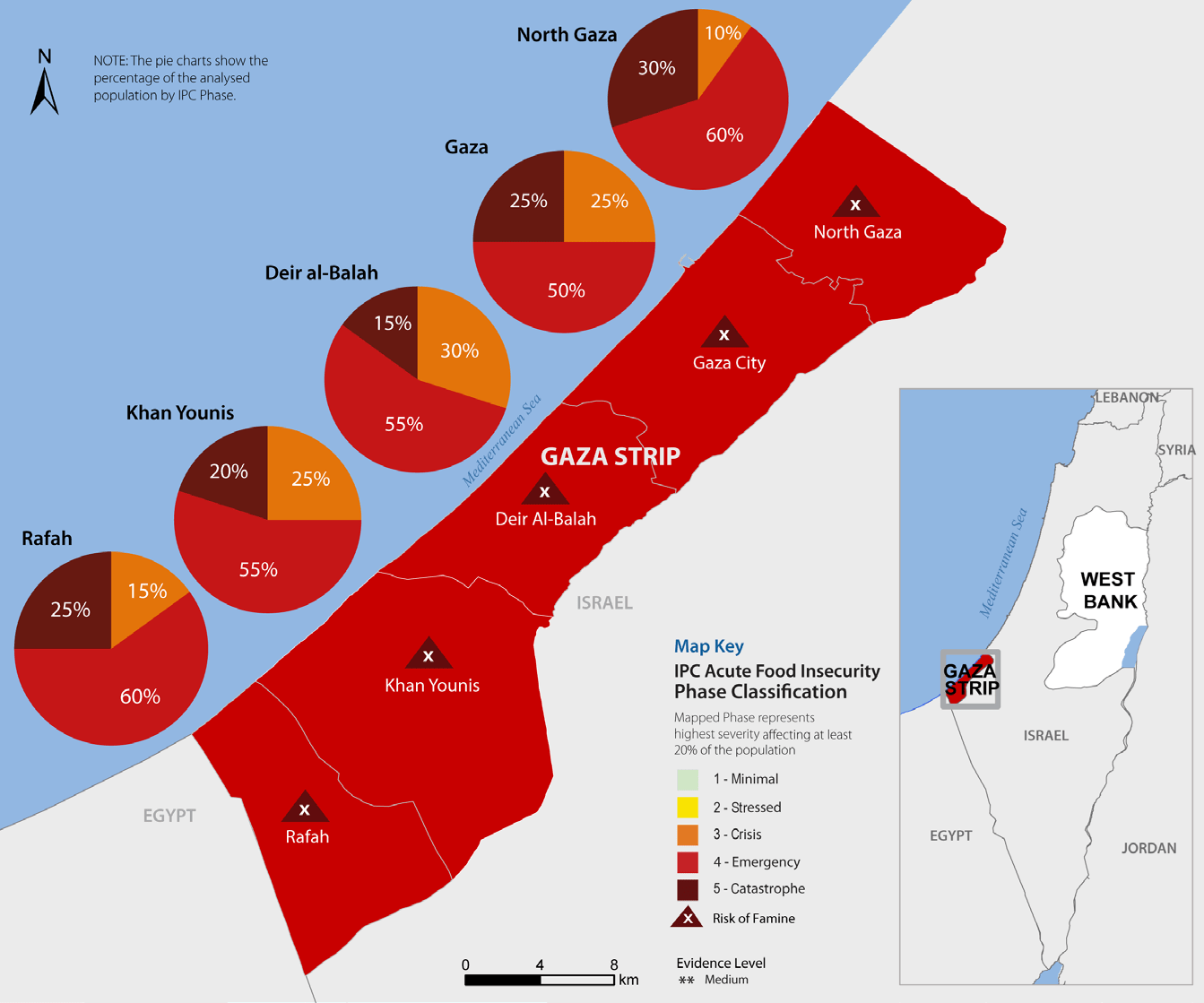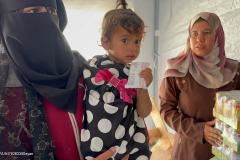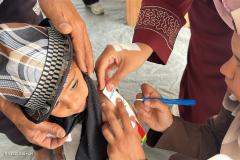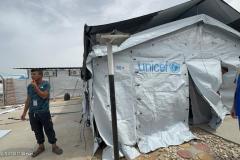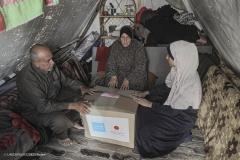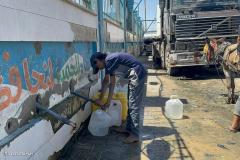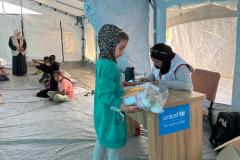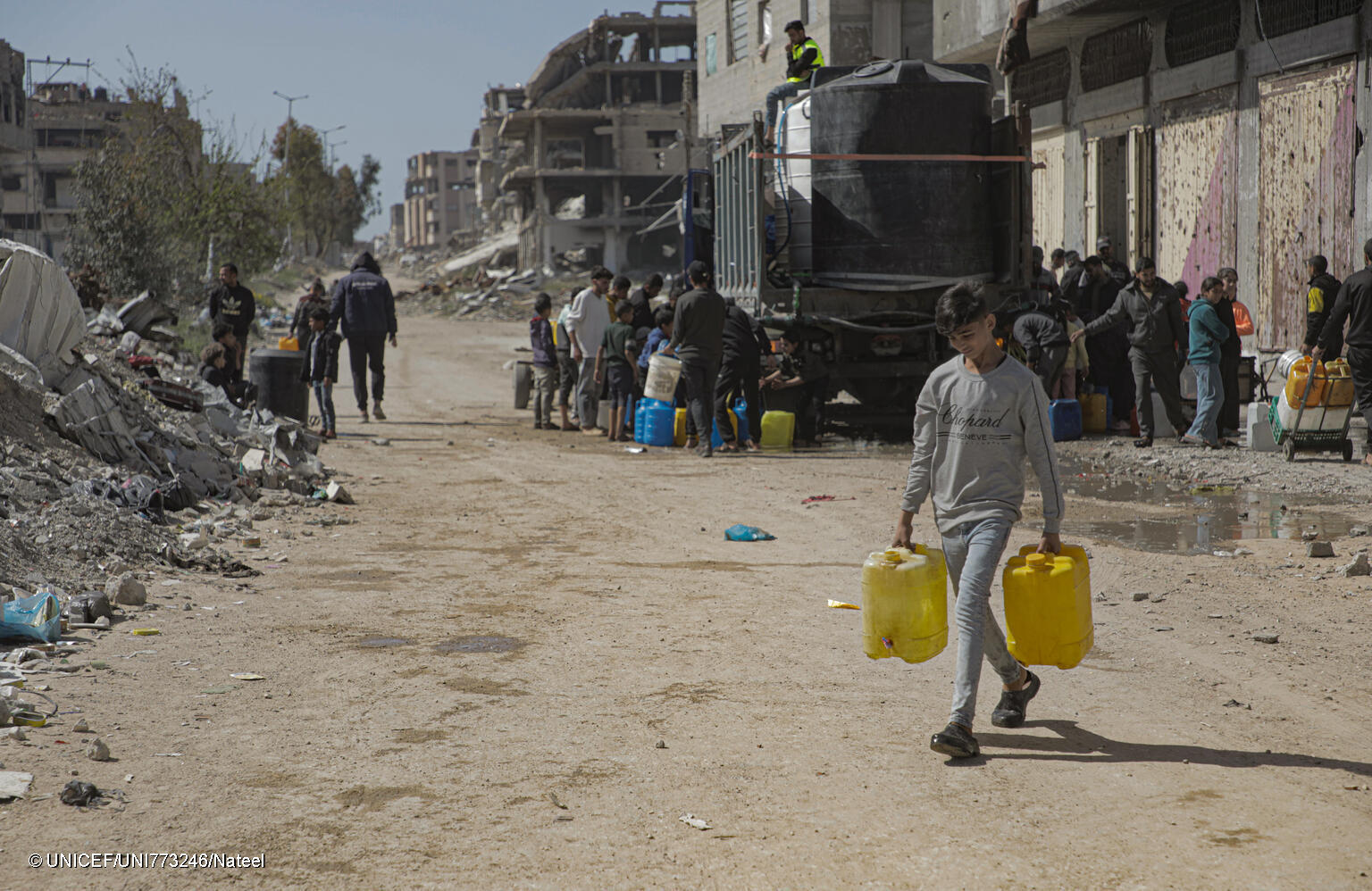The humanitarian situation in Gaza is rapidly deteriorating. After more than two months of complete blockade, there is a critical risk of famine.
With deadly malnutrition cases rising, thousands of lives – particularly those of children – are at risk. Almost the entire population of Gaza was already struggling with a severe lack of food, but the months of restrictions on humanitarian aid have pushed hundreds of thousands of people to the brink of famine, starvation, and death.
- Below we answer your questions about the rapidly developing situation, what a famine could mean, and what needs to happen to save children’s lives.
